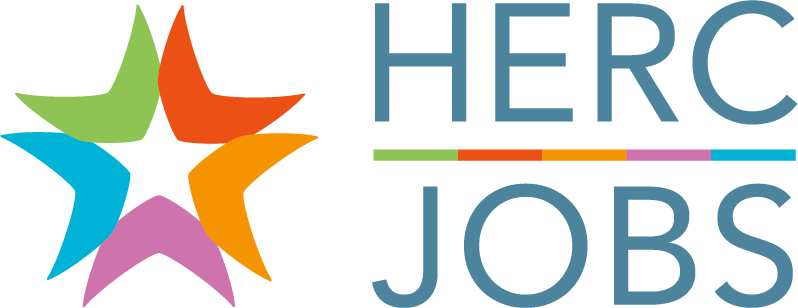When the Kids Leave the Nest, You Can Soar Too

Work is at the heart of our well-being, often creating the pivot point for our work-life balance. As primary caregiving responsibilities cease, frequently marked by the celebration of the youngest child’s 18th birthday, new opportunities to reconfigure the composition of work and life activities arise. For women and men who have made concessions in their careers to accommodate the raising of children and caring of home, the “empty nest” is their chance to rediscover their passion for work.
Undiscovered Talent
Employers have yet to discover that these women and men are the next great labor pool. No longer hindered by competing work-life demands, they are skilled, focused and ready for new challenges. They see the workplace as a place to test their skills and contribute to purposes greater than themselves. With the family responsibilities greatly reduced, they willingly want to devote their additional physical and emotional energy and time to work.
Yet, the typical workplace fails to recognize the untapped talent that exists within its structure. Often unaware of the shifting work-life dynamics among its employees, supervisors may not recognize that some of their employees would welcome opportunities to take on larger, complex challenges. They may also harbor unconscious age bias, assuming that these employees are moving towards retirement not ramping up for more work. They may neglect to recognize that aging Boomers, emerging Gen X leaders and Millennial professionals alike benefit from more mission-driven, collaborative work that increases employees’ overall engagement. Unfortunately, they seem more focused on everyone just getting their tasks done rather than rallying the team to push beyond for the greater good.
(Re)Igniting Passion
So, imagine the kids are gone, your elderly parents are doing fine, and you would rather invest more in career than gardening and knitting. If you are unsure of your next steps, consider taking 1-3 career assessment inventories to identify your current strengths and interests. Check with your college/university alumni association for discounted assessments and career counseling. If you are over 50, AARP has excellent resources for employment in later life (https://www.aarp.org/work/career-change/) while Encore provides resources and advice for nonprofit employment and volunteering (https://encore.org/). Resources such as What Color is Your Parachute? (Bolles 2017) and It’s Never Too Late to Begin Again (Cameron and Lively 2016) provide additional career insight and strategies.
Increasing Challenge While Staying Put
Should you want to advance within your current position, consider
Discussing with your supervisor your desire for more challenges
Setting new goals within the scope of your responsibilities
Learning new skills
Expanding your network of influence with additional committee work, offices liaisons and professional associations.
Moving Beyond Work
Not everyone will choose to work more; they may shift their additional time and energy to increased recreation, travel, volunteering, family and friends. Whatever you decide, take time to uncover your options. Regarding your work-life balance as a dynamic process allows you to ebb and flow with the major transitions of your life and will allow you to be deeply present in the activities that are most meaningful to you.
Thinking about your next career move?
Check out our latest job postings or create a free account to save job searches, upload your resume, and get daily job alerts.
Robynn M. Pease, Ph.D. has over 20 years of related experience in the field of work-life and is the former director of the Greater Oregon Higher Education Recruitment Consortium (GO HERC). Prior to her current position as Faculty Ombudsman at Oregon State University (OSU), Robynn served as the Coordinator of Work-Life at OSU and the Director of Work-Life at the University of Kentucky. She holds a doctorate in Sociology from the University of Kentucky, with an emphasis in gerontology.
